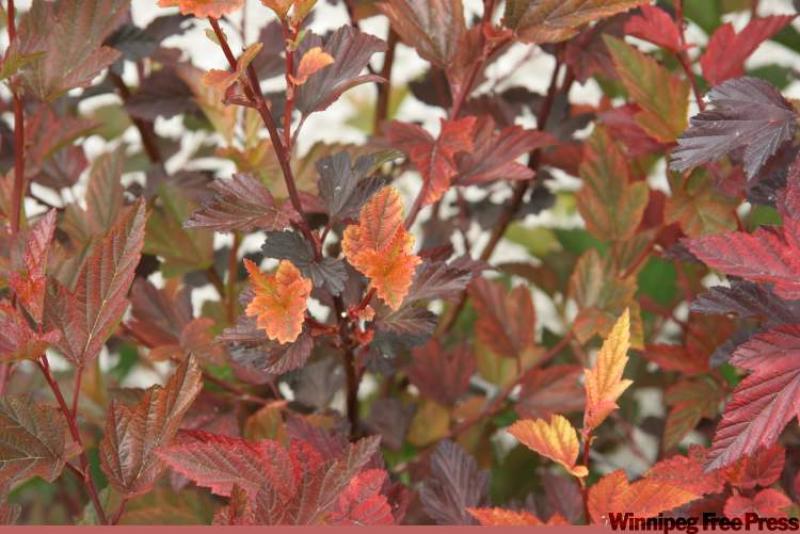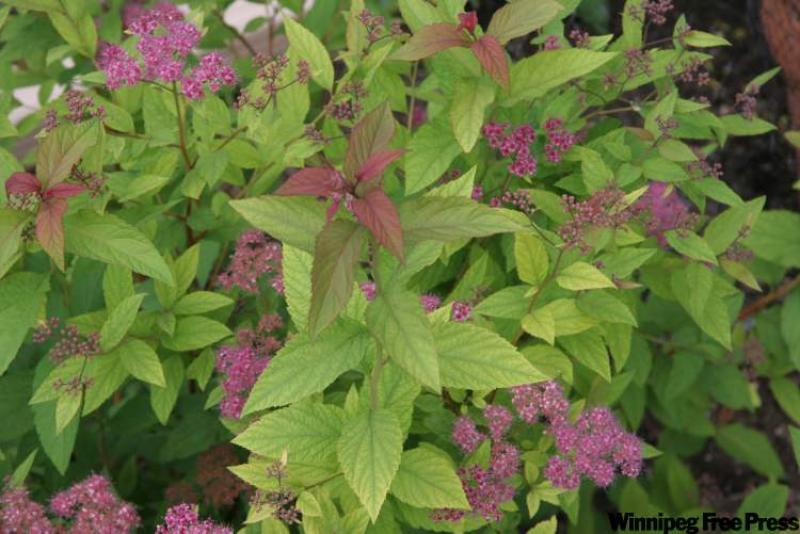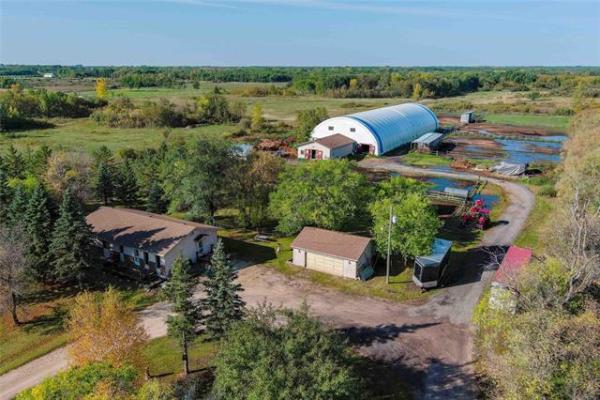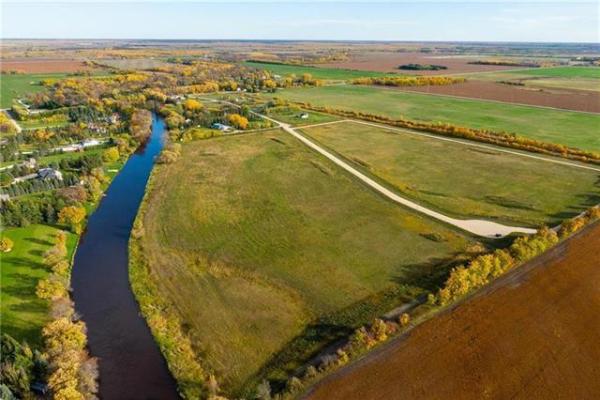
LAST year, at around this time, I wrote about problems with southern Manitoba fruit trees caused by heavy rainfalls.
This year, it's no different. In fact, it's worse.
Here's what I wrote last year:
"In infertile soils that are certainly typical of most urban areas, frequent rain causes leaching of highly soluble valuable plants nutrients such as nitrates and phosphates. Also, prolonged waterlogged soils are deficient in available nutrients.
"Here is the problem. The first set of leaves produced during the early part of spring develop a good green colour; however, as the spring turns into early summer, the new leaves become yellowish-green in colour. Some trees and woody shrubs are more susceptible to this colour change than other plants."
Typically, the yellow-green leaves will have noticeable green veins. With our alkaline soils, much of the available nitrogen for plants is tied up in soil compounds dominated by calcium and magnesium that plants cannot use.
This leaf yellowing problem is a nutrient disease called chlorosis. In southern Manitoba it's usually a result of iron deficiency in the soil. When freely available, iron in the form of an oxide "unlocks" the grip that calcium and magnesium compounds have on nitrogen.
Settlers many years ago knew that adding iron filings or iron nails to vegetable gardens would produce healthier plant growth. In the presence of water and air, iron from the blacksmith shop would turn to rust. As the rust broke down into very small flakes, molecules of iron oxide were released into the soil. The plants readily absorbed these molecules to stimulate the process of photosynthesis.
Susceptible woody shrub species are more prone to chlorosis than trees. Virtually all yellow and gold-leaved shrub varieties are typically chlorotic after periods of prolonged rain. The hardest-hit of these are Gold Flame and Gold Mound pink flowering spireas. Other shrubs that can suffer this problem are cotoneaster, caragana, some varieties of rose (especially rugosa ones), elderberry, Dart's Gold ninebark, Summer Wine ninebark, Japanese barberry varieties such as Rose Glow, raspberry and currant.
In addition to fruit trees, Silver maple, Amur maple, white birch, Tower poplar, Swedish aspen, and European mountain ash also susceptible to the chlorosis problem.
The solution to chlorosis consists of the following treatment program:
1. Properly fertilize the trees this fall with a suitable tree fertilizer (21-7-7 or 20-20-20, for example) with added iron chelate. For larger trees this is best done by a licensed spraying/fertilizer applicator, but not in summer.
If you are doing this yourself, dig one-inch diameter holes six inches deep (clay loam soils only) in concentric rings under the tree's crown. Space the holes 15 inches apart, starting three feet from the trunk, and go out to half the tree's height from the trunk. The series of concentric rings can be spaced at 15 inches apart.
Add two tablespoons of granular tree fertilizer and one teaspoon of iron chelate powder to each hole. Cover with soil or compost, and water, Iron chelate is used to supplement the deficient iron in the soil. Repeat fertilization in spring 2011.
2. Woody shrubs can be fertilized in the following manner. Fill a standard household pail (mine is 15-litre capacity) with water and mix in two tablespoons of soluble tree/shrub fertilizer along with one tablespoon of iron chelate powder. Use one pail for each one to two square feet of bed under the branches of the shrub. Do this in May and then again four to six weeks later.
Make a note for next year to start the fertilization program in May. Shrubs just starting to leaf out can also be treated with a foliar iron chelate spray, but be sure to fertilize the soil area under the shrub branches.
Michael Allen, M.Sc.F., RPF, is a consulting urban forester and certified arborist. He owns Viburnum Tree Experts, a Manitoba company that provides objective assessments of the condition and the care required for trees and shrubs on home and business landscapes. He can be reached at 204-831-6503 or viburnumtrees@shaw.ca. His website is www.treeexperts.mb.ca.




